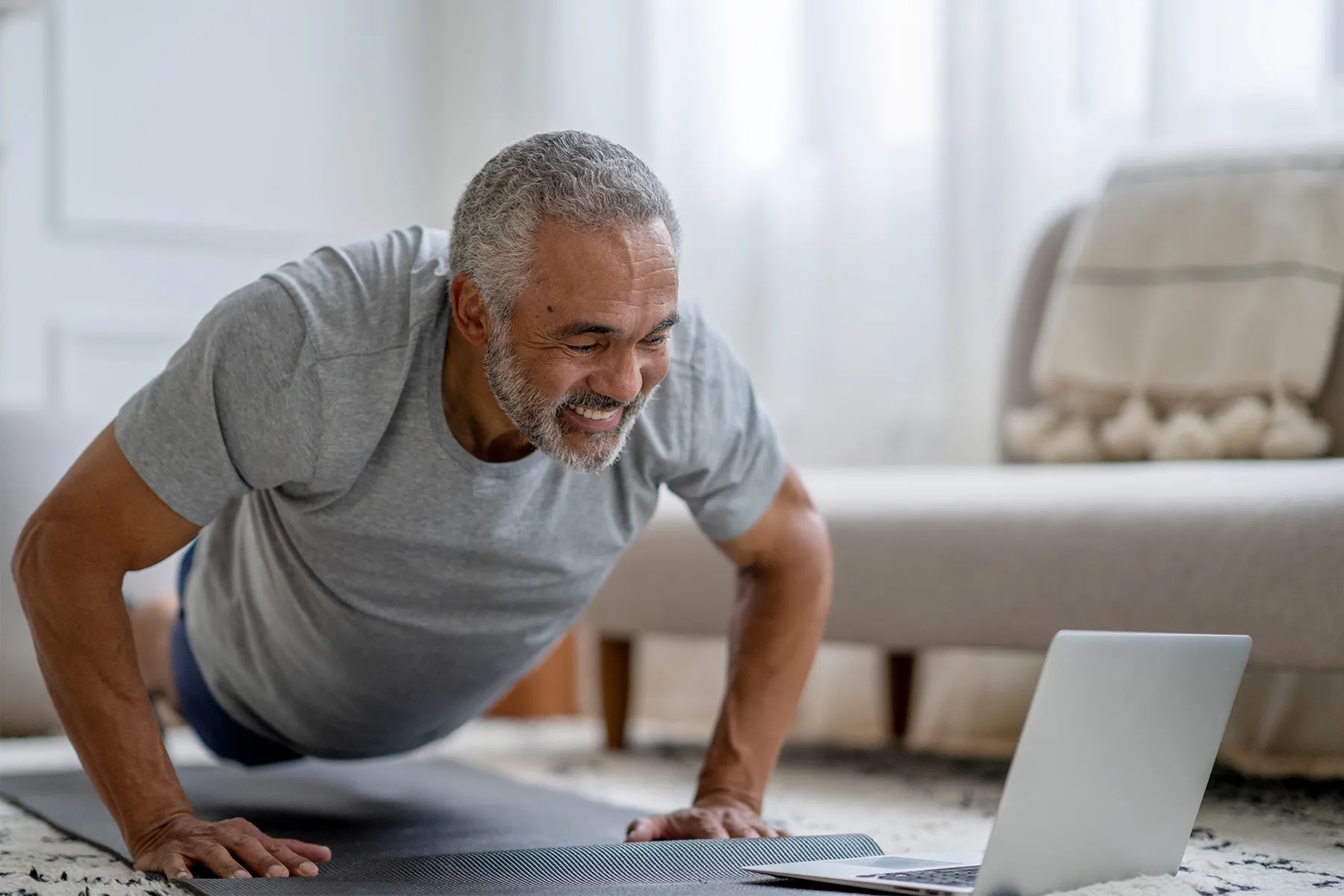Photograph Credit history: FatCamera / Getty Visuals
Sources:
Mark Hutchinson, MD, FACSM, professor of orthopedics and sporting activities medicine and head team medical doctor, University of Illinois Chicago president, ACSM Basis, Chicago.
Gene Shirokobrod, DPT, co-founder, Recharge, Ellicott Metropolis, MD.
CDC: “How significantly physical action do adults need to have?”
OrthoInfo: “Healthy Bones at Every single Age.”
ChoosePT: “Physical Therapy Guidebook to Osteoporosis.”
Archives of Physical Medicine and Rehabilitation: “The Erlangen Physical fitness Osteoporosis Prevention Review: a controlled physical exercise demo in early postmenopausal women with very low bone density-1st-calendar year outcomes.”
Harvard Well being Publishing, Harvard Health-related University: “Declining muscle mass is section of aging, but that does not suggest you are helpless to prevent it.”
Intercontinental Journal of Environmental Study and General public Health: “The Effects of Significant-Depth Interval Coaching vs. Moderate-Depth Steady Training on Coronary heart Rate Variability in Bodily Inactive Grownups.”
European Journal of Cardiovascular Avoidance and Rehabilitation: “Association of actual physical action with all-induce and cardiovascular mortality: a systematic review and meta-assessment.”
American Journal of Epidemiology: “Does Strength-Marketing Workout Confer Special Health Positive aspects? A Pooled Examination of Facts on 11 Inhabitants Cohorts With All-Result in, Most cancers, and Cardiovascular Mortality Endpoints.”
British Journal of Sports activities Drugs: “The dose-response outcome of physical exercise on cancer mortality: conclusions from 71 possible cohort reports.”
Physiological Assessments: “Role of Inactivity in Chronic Diseases: Evolutionary Insight and Pathophysiological Mechanisms.”
Hashish and Cannabinoid Research: “A Systematic Review and Meta-Assessment on the Effects of Physical exercise on the Endocannabinoid Technique.”
Medicine & Science in Activity & Exercising: “Endocannabinoid and Mood Responses to Workout in Grownups with Various Exercise Levels.”
The Dialogue: “The ‘runner’s high’ may final result from molecules named cannabinoids—the body’s own model of THC and CBD.”
JAMA Psychiatry: “Association of Efficacy of Resistance Work out Education With Depressive Indications: Meta-evaluation and Meta-regression Examination of Randomized Scientific Trials.”
Sporting activities Drugs: “The Consequences of Resistance Work out Instruction on Stress: A Meta-Assessment and Meta-Regression Analysis of Randomized Managed Trials.”
Scandinavian Journal of Medication & Science in Sports: “Increased insulin-stimulated glucose uptake in each leg and arm muscle tissues soon after sprint interval and moderate-intensity teaching in topics with type 2 diabetic issues or prediabetes.”
British Journal of Athletics Medicine: “Exercise interventions for cognitive function in older people older than 50: a systematic review with meta-investigation.”
Preventive Drugs Reviews: “Dash-centered training and cognitive perform in adolescents.”
Mind Plasticity: “The Effects of Acute Work out on Temper, Cognition, Neurophysiology, and Neurochemical Pathways: A Evaluate.”
Countrywide Library of Medication: “Neuroanatomy, Parasympathetic Nervous Technique.”
The Journal of Alternate and Complementary Medication: “Effects of Yoga on Heart Price Variability and Depressive Indicators in Women” A Randomized Controlled Demo.”
Proof-Centered Complementary and Choice Medication: “Medical Students’ Strain Amounts and Feeling of Properly Getting Soon after 6 Weeks of Yoga and Meditation.”
CDC: “Facts About Falls.”
Medicine and Science in Athletics and Physical exercise: “Physical Exercise, Injurious Falls, and Actual physical Purpose in Getting old: An Umbrella Evaluate.”
